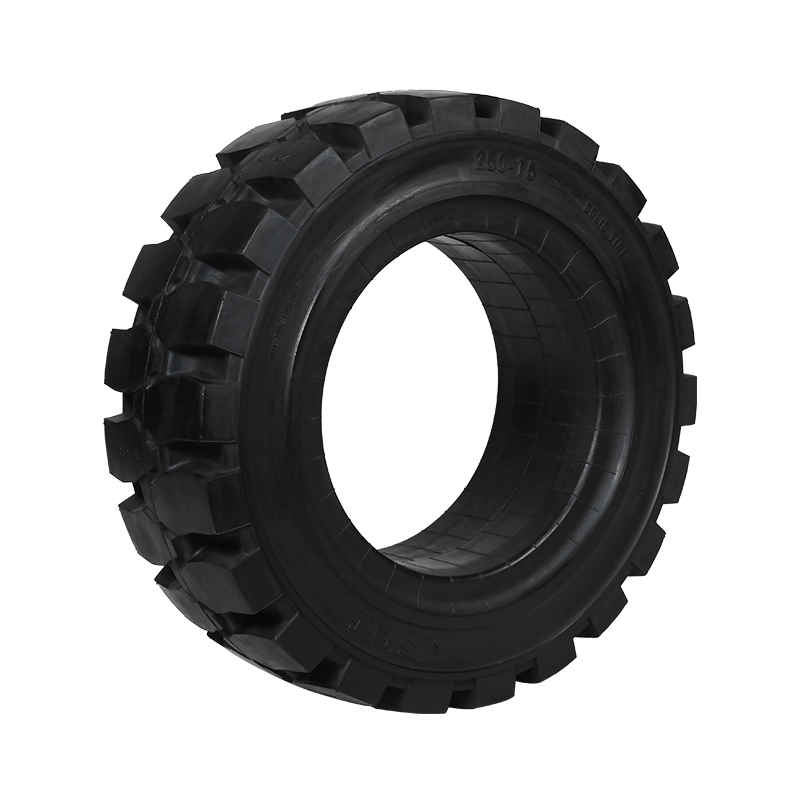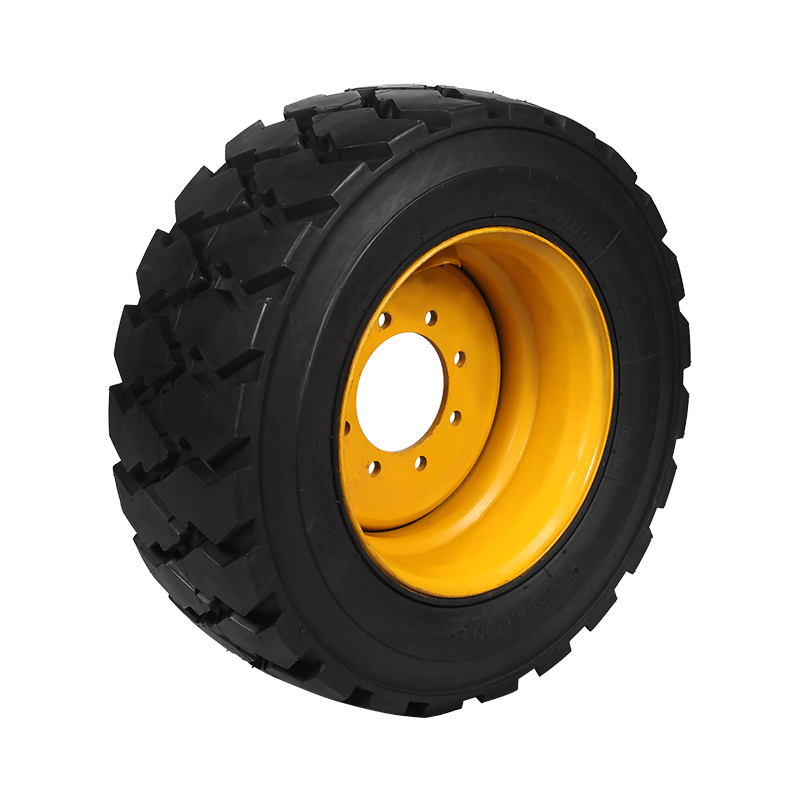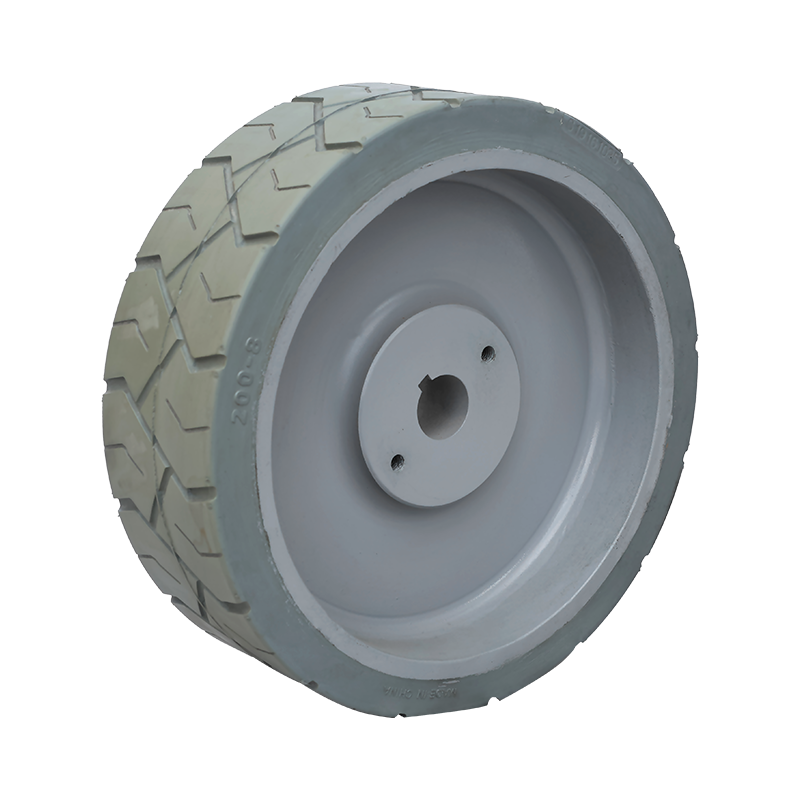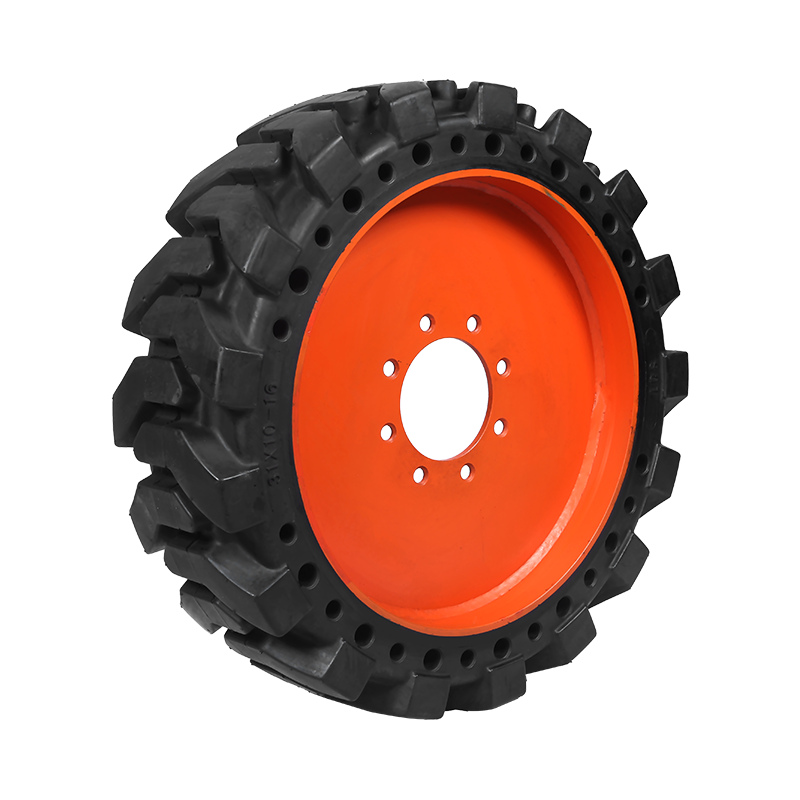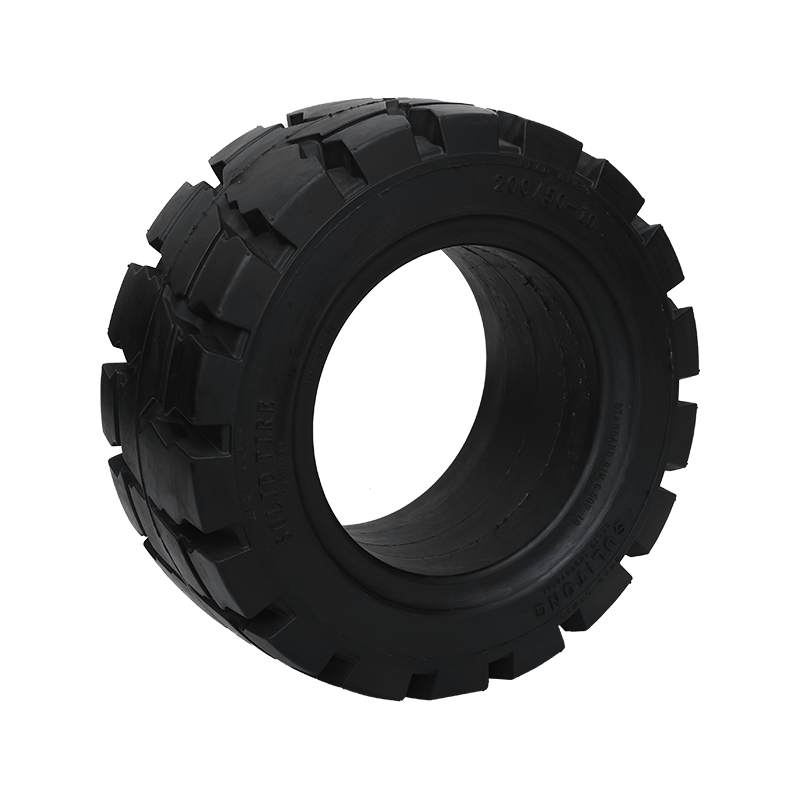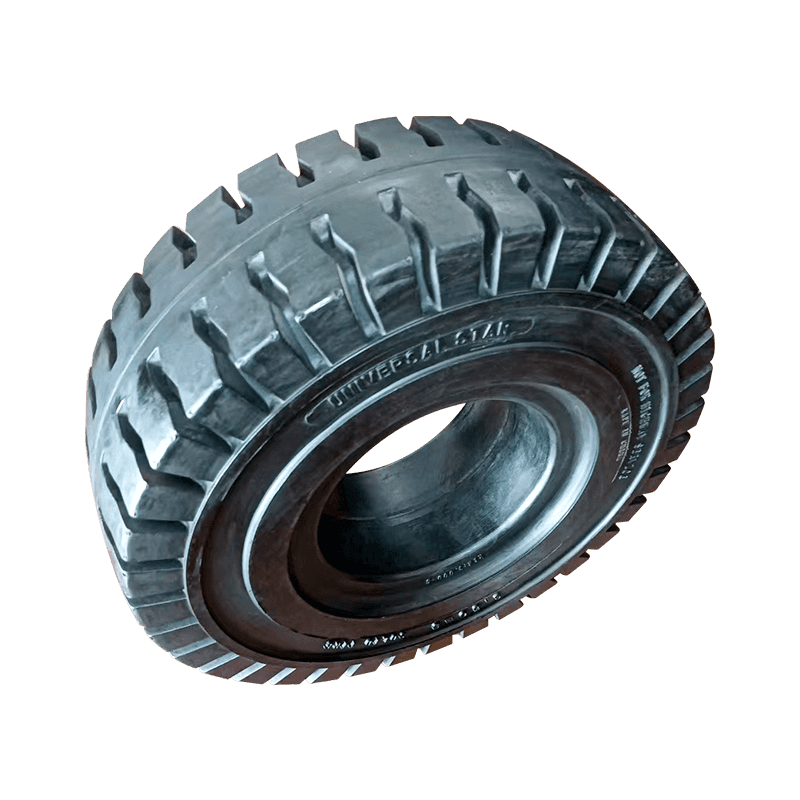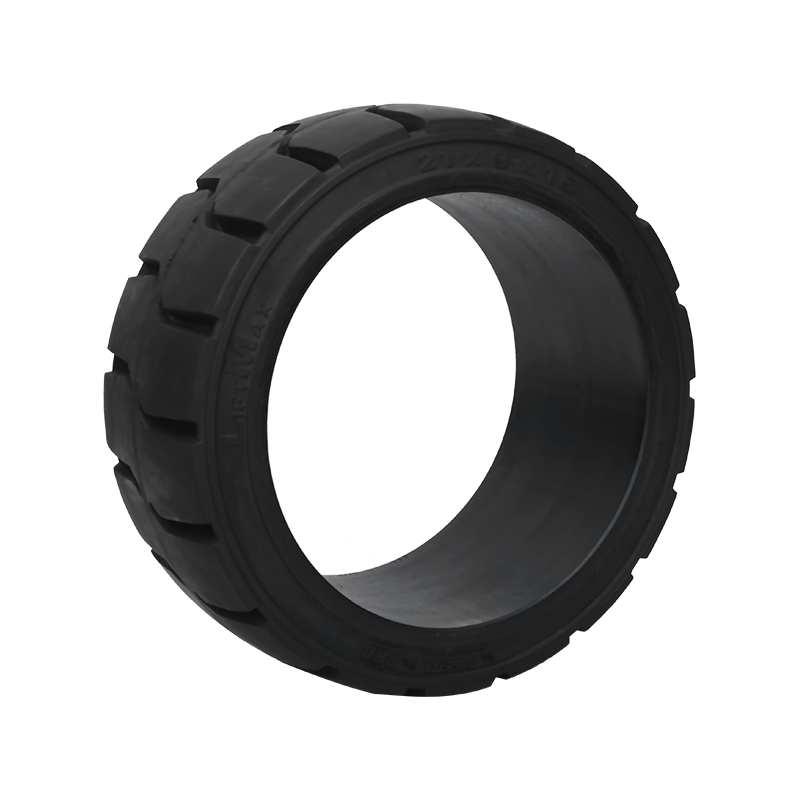The Critical Role of Boom Lift Tires in Aerial Work Platform Performance
Boom Lift Tires are far more than simple rubber components; they are a critical factor in the safety, stability, and operational efficiency of any Mobile Elevating Work Platform (MEWP) or aerial work platform. Given the demanding nature of their work—lifting personnel and materials to significant heights across varied and often challenging terrain—the selection and maintenance of these tires are paramount to maximizing uptime and ensuring a safe working environment.
Types of Boom Lift Tires: Finding the Right Foundation
Choosing the correct type of tire is essential for matching the machine’s capabilities to the job site conditions. The market offers several specialized options:
| Tire Type | Description | Key Advantages | Typical Applications |
|---|---|---|---|
| Foam-Filled Tires | Standard pneumatic tires injected with a liquid polymer (foam) that cures to a solid, resilient core. | 100% Puncture Proof, consistent performance, excellent stability, pneumatic-like ride. | Rough terrain construction sites, scrap yards, areas with debris and sharp objects. |
| Solid Rubber Tires | Constructed from dense rubber compounds without air or foam. Often feature elliptical apertures for cushioning. | Zero Downtime (no flats), extremely long lifespan, highest resistance to cuts and abrasion, low center of gravity for enhanced stability. | Severe-duty environments, manufacturing facilities, applications where maximum durability is required. |
| Pneumatic (Air-Filled) Tires | Standard air-filled tires, similar to those used on vehicles. | Smoothest ride, best for delicate surfaces (like turf), generally lower initial cost. | Finished landscapes, parks, light-duty maintenance, smooth warehouse floors. |
| Non-Marking Tires | A variation of foam-filled or solid tires made with a rubber compound that does not leave black scuff marks. | Protects polished floors and finished surfaces, maintains cleanliness. | Indoor warehouse operations, convention centers, clean room environments, finished floors. |
Factors Driving the Choice
The decision between tire types hinges on a few key operational considerations:
- Job Site Terrain: Rough, debris-strewn ground necessitates foam-filled or solid tires to prevent flats. Finished surfaces, like those indoors, require non-marking compounds. Soft, uneven ground may benefit from wider “turf” style pneumatic tires that distribute weight to minimize ground disturbance.
- Puncture Risk: In environments with nails, rebar, or sharp materials, traditional pneumatic tires are a liability. The maintenance-free, puncture-proof nature of solid and foam-filled Boom Lift Tires drastically reduces costly downtime.
- Ride Comfort vs. Uptime: While pneumatic tires often offer the smoothest ride, the need for maximum uptime in harsh conditions often outweighs this. Modern solid and airless tires are engineered with cushioning features (like elliptical apertures) to mitigate vibration and reduce operator fatigue.
- Load and Stability: Boom lifts operate at significant heights, making stability critical. Solid and foam-filled options, especially those with a lower profile, contribute to a lower center of gravity, enhancing overall stability and safety.
The Importance of Maintenance and Replacement
Even the most durable Boom Lift Tires require attention to maintain peak performance and safety.
- Regular Inspections: Daily checks for signs of severe wear, cuts, chunking (pieces of rubber missing), or embedded foreign objects are crucial. For pneumatic tires, correct inflation pressure must be strictly maintained as under-inflation can compromise stability and accelerate wear.
- Tread Pattern: The tread provides essential traction and stability. Directional and aggressive tread patterns are necessary for rough terrain, while non-directional or smooth patterns are often used indoors. Worn or damaged treads should be addressed promptly to maintain grip.
- Tire Life and Replacement: Solid and foam-filled tires can last three to five times longer than traditional pneumatic options. However, when the tread is worn down to minimum depth, or if structural damage is present, the tires must be replaced immediately. Many companies offer convenient pre-mounted tire and wheel assemblies to simplify the replacement process and minimize machine downtime.
In conclusion, the performance and safety of an aerial work platform are directly tied to the quality and condition of its Boom Lift Tires. Investing in the correct type of tire—be it foam-filled for puncture resistance, solid for extreme durability, or non-marking for indoor use—is a fundamental operational decision that ensures maximum productivity, cost-efficiency, and, most importantly, worker safety at height.
CONTACT US
-

Email: SMT001@saimeite-tyre.com
-

Phone: +86-18451337018No. 1, Renmin South Road, Yandu District, Yancheng City, Jiangsu Province, China

 English
English 한국어
한국어 Français
Français Español
Español

